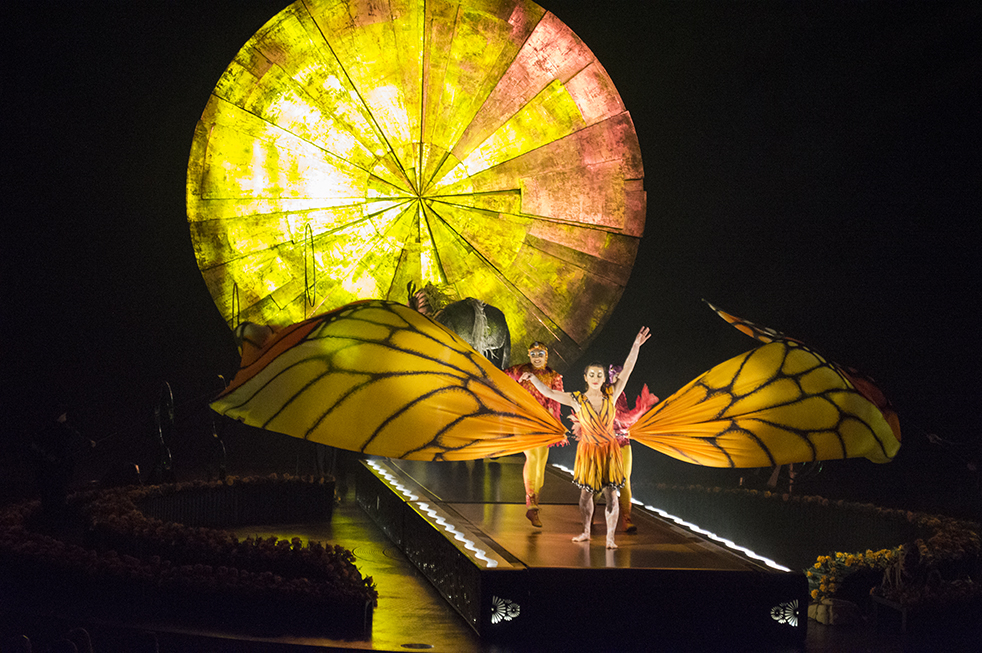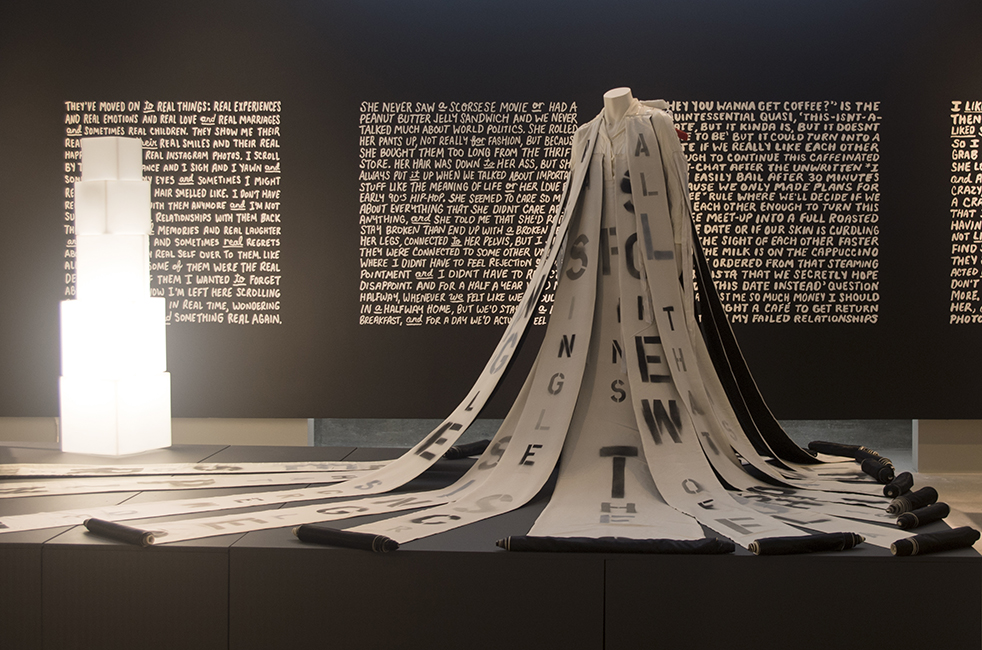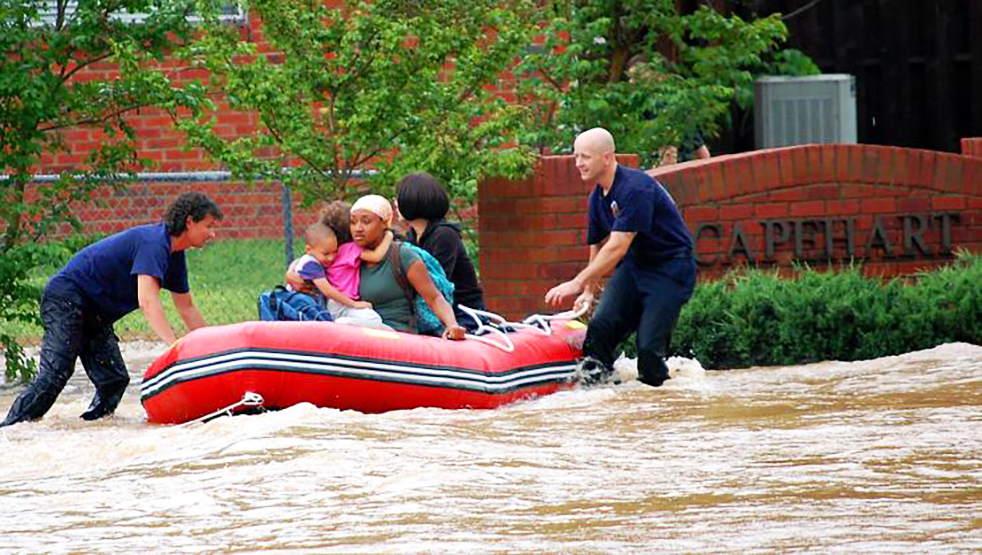
Last Saturday, Sept. 16, the Robert Ferst Center for the Arts hosted Arts@Tech’s first performance of the semester, an improvisational sketch comedy group.
Before the Upright Citizens Brigade took the stage, the night opened with a speech from Office of the Arts Director Madison Cario, who seemed excited to see the performance’s eager audience in the less-than-full auditorium.
After several opening remarks, Tech’s own improv group appeared as an opener for the four professional comedians. DramaTech’s Let’s Try This! had paired with the visiting troupe to offer Tech students an improv comedy workshop earlier in the day. The 8 p.m. performance was by no means dampened by their earlier work.
For inspiration, Let’s Try This! began by asking the audience what the best gift they had ever received was. Before most people had had enough time to properly process the question, a terribly energetic person cried out “Money!” without any hesitation, and hilarity ensued.
With this starting point, DramaTech’s improv group proceeded to create entertaining skits based on money. The first showed a rich person simply throwing money into the air while people ran by and collected it. Her two employees began to wonder why not quit and make more just by collecting their employer’s discarded money.
Next, Let’s Try This! went on to make jokes about coin flipping and a truly bizarre fascination with overalls and giant pants. Perhaps the line that generated the most laughter was a particularly out of place “There’s no career in comedy,” said with considerable mock despair.
After Let’s Try This! had completed their portion of the show, Jordan Myrick, Matthew Rubano, Patrick Keene and A.J. Patton of the Upright Citizens Brigade took to the stage and asked for an audience member’s recent odd life experience. Many unusual circumstances were suggested, but the troupe eventually picked that of a dermatologist who had lost a mole. She was invited on stage where Myrick interviewed her.
The first half of the Upright Citizens Brigade’s performance was based on the dermatologist’s life, and the audience was enthralled by the myriad situations the four comedians brought to life in short order.
Their performance was marked by considerable laughter and applause, and each seemed to be well adept at their profession and were rarely at a loss for words or direction. When one situation had run out of steam, one of the four would signal its end and smoothly transition into a tangential story.
For the inspiration for the second half of their show, the Upright Citizens Brigade again turned to the audience. This time, instead of asking for an in-depth view into a single person’s life, though, they asked for random text messages that people had recently received.
The audience was quite eager to prove that everyone has had at least one very strange conversation via text, and the volunteered messages included everything from someone saying that their heart was “technically” enlarged to asking if a certain gift was appropriate for a child.
Of course, being comedians, the four took this to mean that boat motors were the perfect gift for children, and some quite strange situations unfolded in which a veritable armada of ships were owned by babies.
One ludicrous situation led to another, and a different sketch involved a kindergarten teacher letting his students play with motorized vehicles while a nearby instructor complained about the noise and taught kids how to wield katanas.
As the improvised comedy devolved into the bizarre, the audience only seemed to laugh all the more, and the performance was well worth watching.
The four who performed on Saturday were just a small portion of the Upright Citizens Brigade, which, in addition to having touring troupes, also performs daily at four of its own theaters (two of which are located in Los Angeles and the other two in New York).









